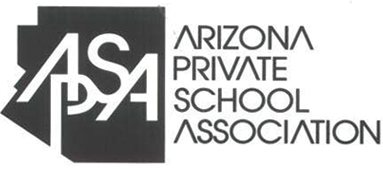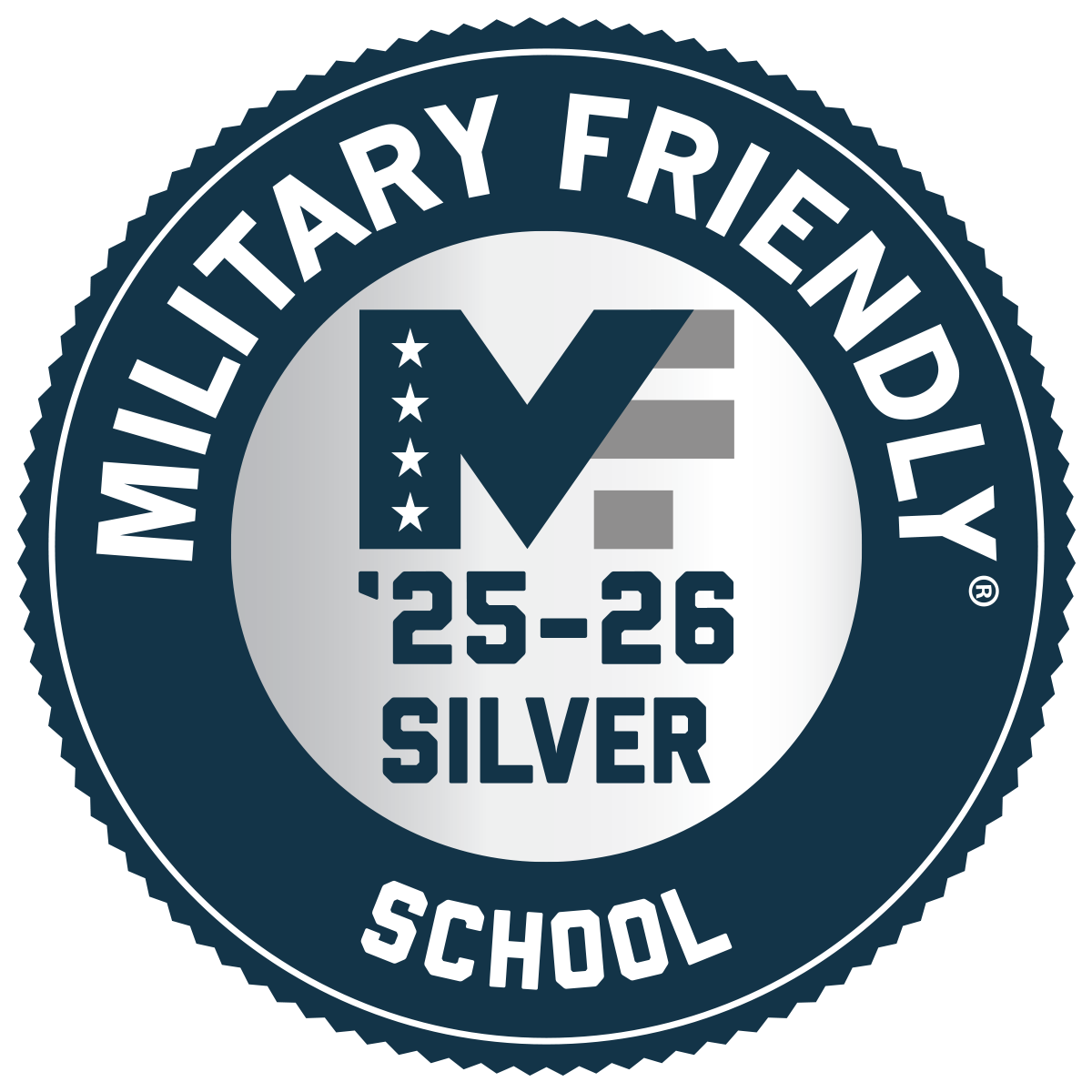There are many different types of commercial motor vehicles (CMVs) that you may encounter over the course of your career. Additional endorsements or certifications may be required beyond a commercial driver’s license (CDL) alone, depending on the specific type of CMV or the freight it hauls. Knowing the different varieties of vehicles can help you determine which you are most interested in and allows you to find your niche as a trucker.
Some types of CMVs include:
Semi-Trucks
The category of semi-trucks includes any vehicle that has a front portion (tractor unit) with a trailer or bed attached using a fifth-wheel connection. The tractor is also called a cab, and this will include a sleeper berth for long-haul trucks. These are sometimes called 18-wheelers, big rigs, or tractor-trailers, depending on the region of the country you are in.
All of the following are considered semi-trucks:
Dry Vans
If you picture a big rig, it’s likely that the image in your mind is of a dry van. This is the most basic type of semi-truck. It has an enclosed trailer that can be used to haul materials that do not require any special conditions.
Reefers
Refrigerated trucks (reefers) have a temperature-controlled trailer attached to the tractor unit. The basic structure is the same as a dry van.
Double/Triple Trailers
Semi-trucks with two or three trailers attached to the cab are known as long combination vehicles (LCVs). They require a CDL endorsement to drive and can be more complicated to maneuver. Jobs involving LCVs will typically pay more since a greater amount of freight can be hauled at one time.
Tank Trucks
A tank truck, also called a tanker, can be used to haul liquids, gases, or dry bulk. Except in the case of dry bulk transportation, it will require an endorsement to operate. Tankers are frequently used to haul fuel or potentially dangerous substances, both of which require a second endorsement for hazardous materials (hazmat).
Flatbeds
Instead of an enclosed trailer, flatbed trucks have a platform attached to the cab. Freight must be tied down to secure it. Flatbed trucks are often used for cargo that does not fit in a traditional trailer and these jobs require more experience, but often have increased pay as well.
Commercial Vehicles Beyond Semi-Trucks
Besides semi-trucks, there are other CMVs you may drive during your career.
Some of these include:
Straight Trucks
Also called box trucks, straight trucks look fairly similar to semi-trucks, but the tractor is directly attached to the trailer instead of using a fifth-wheel connection. Local delivery jobs often use this type of vehicle.
Construction Vehicles
Dump trucks and other heavy vehicles used on construction sites often require a CDL to drive. These sorts of jobs are a great option if you want to stay close to home while still using your commercial license.
Passenger-Transporting Vehicles
A passenger endorsement is required to drive any commercial vehicle that seats 16 or more people, including the driver. With this endorsement, you can drive vans, shuttles, limousines, buses, and more.
Earn Your CDL and Get Started Today
If you are interested in driving any of these vehicles, Yuma Truck Driving School can help. We offer a variety of training programs depending on the class of license and the endorsements you need. Our accelerated program can get you on the road in as little as four weeks.
To learn how to drive a commercial vehicle, contact us today.








